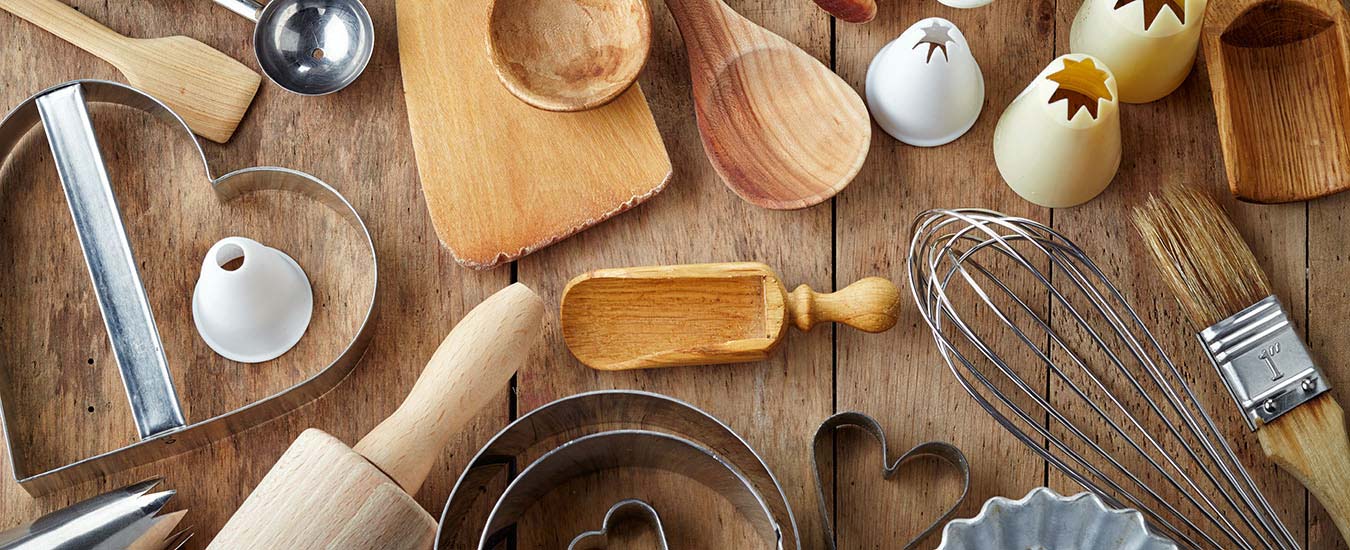The sweetest of all summer fruit now takes its turn on farm stands and supermarket shelves; my favourite fruit for pies, jams and desserts. Oh how I love those Persian apples! Of course, you might have a better idea what I’m talking about if I just call them peaches. Like many foods, they have a nostalgic quality—one friend says they remind her of visiting her grandmother in Oxford, NS, to go to the Cumberland County Exhibition, just before the start of school.
Peaches originated in China many centuries ago and spread throughout the rest of the world via Persia, hence the name Persian apples. They are said to have made their way to North America with Christopher Columbus, who brought seeds with him to plant. They have been grown in Nova Scotia’s Annapolis Valley area since the early 1800s. With its enviable microclimate, the Valley produces peaches for commercial harvest, unlike the rest of the Atlantic region.
Peaches have been widely propagated; more than 100 varieties exist-—ranging in colour from pale pink to a beautiful yellow with a red blush—but they all fall into two categories: freestone and clingstone. The latter are commonly found in supermarkets and, as the name suggests, the flesh clings stubbornly to the pit. These are the type most often grown for processing as well, given pit fragments are not left behind, unlike with freestone peaches. I typically use these varieties for jams—it doesn’t matter if the flesh is cut away.
Freestone peach flesh pulls away much more easily from the pit, preferred for desserts and dishes where you want the beautiful slices intact.
There’s also a difference in the skin, texture and flavour between the two types. Freestone peaches tend to be firmer, fuzzier and contain less moisture, while clingstones are really juicy, with a band of dark colour around the pit; the juice of a clingstone peach will drip down your chin when you bite into it.

I asked Larry Lutz, director of grower services for Scotian Gold—a grower-owned tree fruit cooperative—for his opinion on freestone versus clingstone peaches. “The Annapolis Valley primarily produces freestone varieties, as this is what consumers have been told they want,” he says. “This is unfortunate. My issue is that some of the clingstone peaches, such as Baby Gold, have the most wonderful sweet, dense textured fruit that is of incredible eating quality. And most consumers never get to try them. Now don’t get me wrong, I love all peaches, but when I pick peaches to bring to my family I go to the clingstone trees first.”
When choosing peaches, look for flesh that doesn’t show any visible signs of bruising and gently yields to pressure from the palm of your hand.
If your peaches are perfectly ripe, store them in a plastic bag in the refrigerator. I always let my peaches come to room temperature before eating them, as they tend to be juicier when warm. If your peaches are still a bit hard place them in a paper bag with a few holes poked in, leave them on the counter, and they will ripen quickly. If you’re impatient for a sweet treat, or need them right away for cooking or baking, add an apple to the bag—the natural gases released by the apple will speed up the process.
Some people prefer to peel their peaches before eating them. If you find the fuzzy skin off-putting, the best way to remove it is to blanch the fruit first by dropping it whole into rapidly boiling water; leave it for 25 to 30 seconds then remove and run under cold water. The skin will slip right off.
